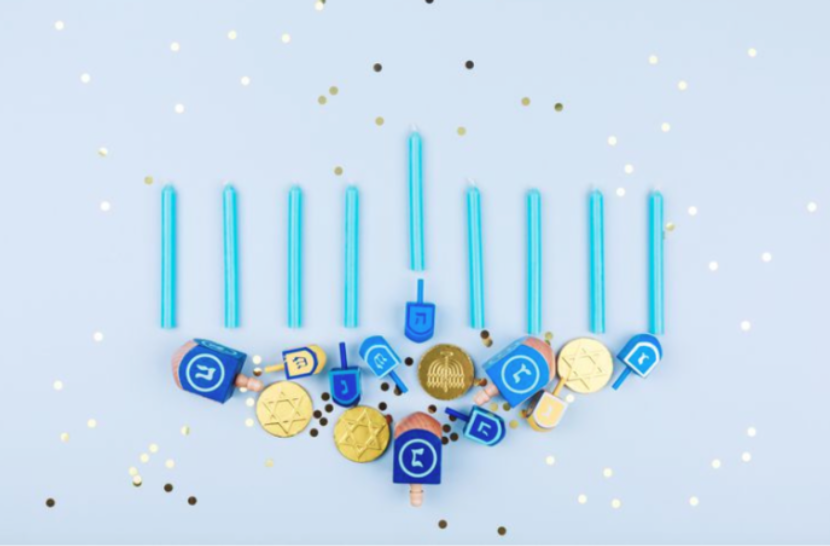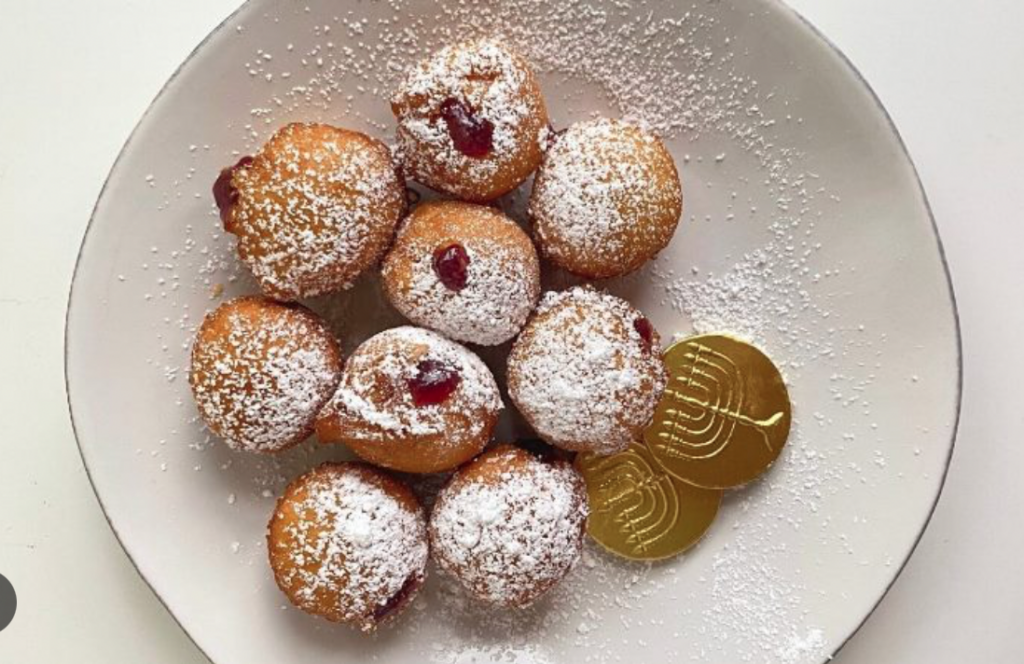By Eugenia Gentsis, MHWOW – Global Communities, Program Specialist
Leer en español
Читать на русском
Hannukah is one of the brightest and tastiest times of the Jewish calendar.
Commemorating the miracle of light is a fantastic opportunity to find your way to celebrate Hannukah and your Jewish identity with your communities. The most common tradition of this Chag is Menorah lighting, singing of songs, eating latkes and sufganiyot, playing dreidel games, and giving Hannukah gelt.
To get inspired and fully prepared for this year’s Hannukah celebration that is right upon us, I decided to research the most exciting traditions from all over the world related to this beautiful Jewish holiday.
Currently, large-scale Hannukiyot is illuminating many central squares in many cities around the world. In many of these locations, they are placed somewhere where even only 70-80 years ago, it was impossible to imagine a Hannukiah lighting. However, to fulfill the mitzvah of this Chag, we all choose different Hannukiot for our homes, and some people prefer choosing some DIY Hannukiot., in a similar way that in the past, Jews from Romania or Austria would do using potatoes.

We are used to seeing sufganiyot in each bakery in Israel and many kosher/ Jewish bakeries outside of Israel. It seems like this tradition of eating sufganiyot has been around for centuries, and it’s the same in all countries. However, the word’s ordinary meaning has Greek and Hebrew roots – sufgan means “fried” and “spongy.” In Hebrew, the word sofeg (סופג) translates to “absorb.” Eating sufganiyot and other oily foods is symbolic of Chanukkah’s miracle. So doing a little bit of research on the topic, we can see how Sephardim from Spain cook also sweet,” Jews in Eastern Europe cook latkes, and Morrocco and Magreb it’s popular to cook Sfinj, and many versions of salty oily delicatessen can quickly become perfect ambassadors of the Chanukah celebrations. Even already famous Ashkenazi latkes can be found in all possible variations that we can try to enhance our joyful experience.
While In some communities, it’s typical to celebrate Hannukah with activities for kids, giving presents, and organizing choir performances. But in countries like Libya, Tunisia, Algeria, Iraq, Iran, Turkey, Morocco, Greece, and Yemen, aside from all the typical celebrations, there is a custom to celebrate another holiday during Hanukkah, known in Judeo-Arabic as Eid Al Bnat or Chag HaBanot in Hebrew, both of which translate to the Festival of the Daughters, celebrating the role of the strong women in the Jewish history and the history of Hannukah.

Some Jewish traditions use meditation to connect to light, meaning, and symbolism.
All these and many more diverse traditions rooted in the times of Maccabees and developed throughout centuries are observed in their original or more transformed way, making us feel even more aware of the fact that Hannukah is a unique Chag that allows us to celebrate our identity, rethink it, connect to it and show and share it with others.
So, this is a perfect opportunity to revisit some already familiar traditions, explore new ones and add to our celebrations something relevant for ourselves, for the identity of our communities that will feel like our own and a very personal way to celebrate.
Chag sameach!!!